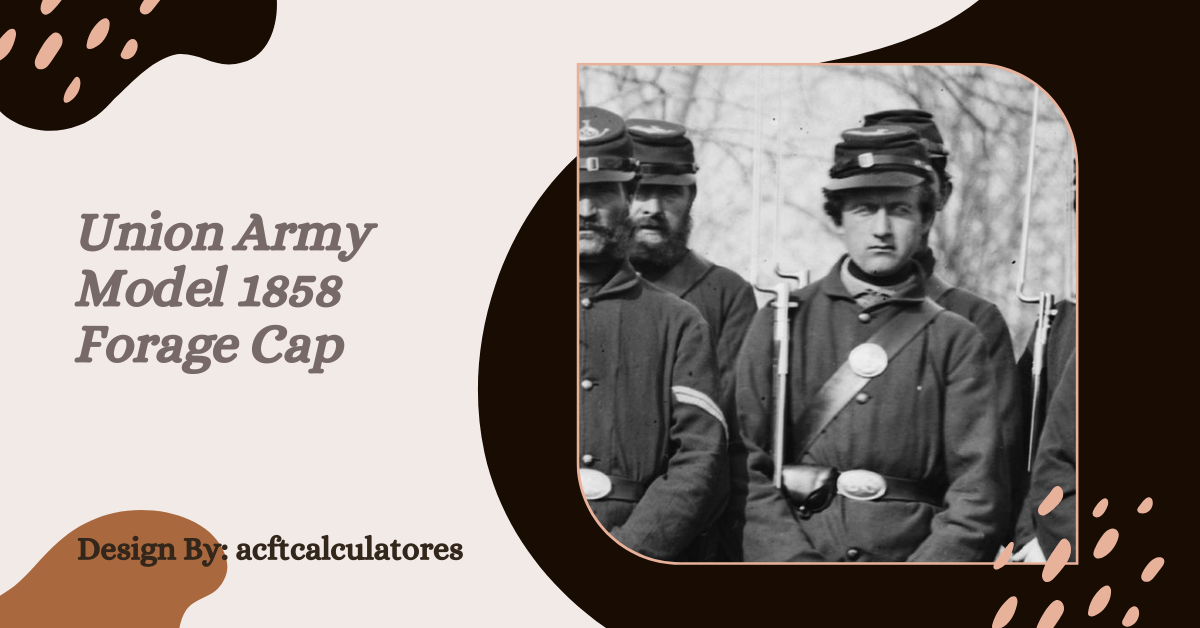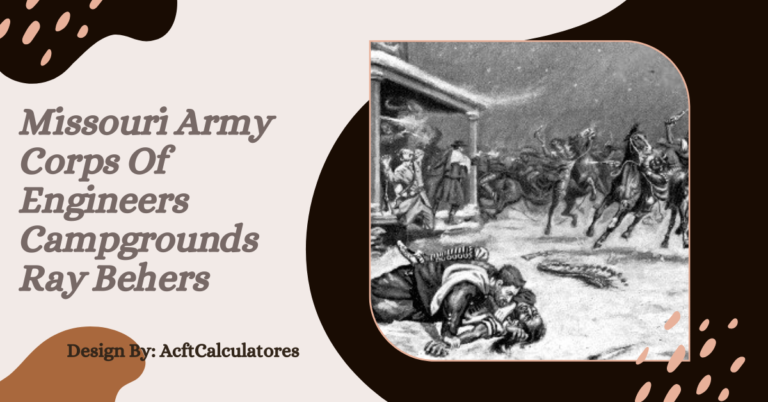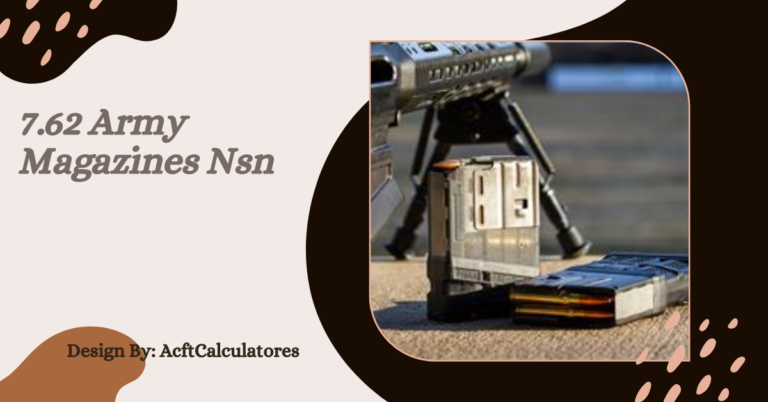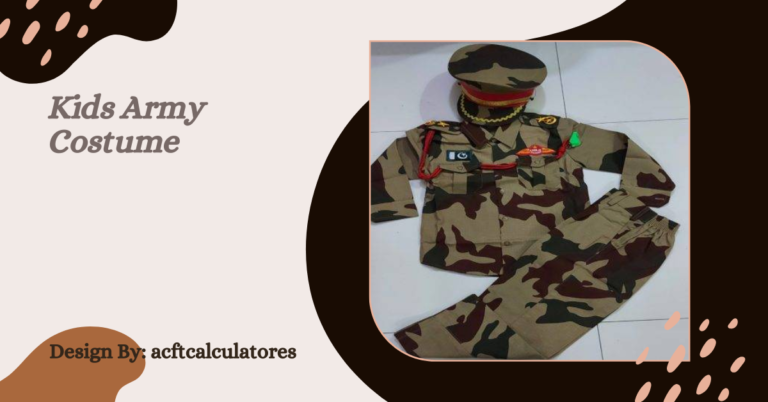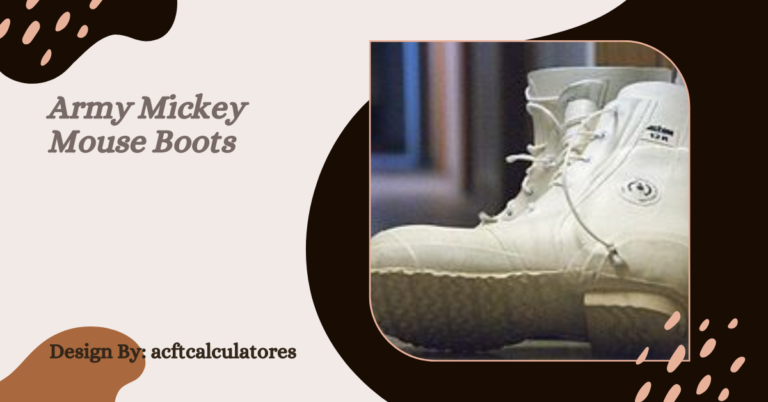Union Army Model 1858 Forage Cap – A Detailed Historical Perspective!
The Model 1858 Forage Cap holds a significant place in the history of the American Civil War, serving as both a practical piece of military attire and a symbolic representation of the Union Army. This iconic cap, with its distinct design and rich legacy, provides insights into the daily lives of soldiers and the broader cultural impact of the war.
Let’s explore its history, design, functionality, and enduring legacy in greater depth.
Table of Contents
Origins and Development of the Model 1858 Forage Cap
The Model 1858 Forage Cap was officially adopted by the United States Army in the late 1850s. It evolved from the Model 1851 Shako Cap, a stiffer and more formal hat used primarily for ceremonial purposes. However, the rigid and ornate design of the shako was deemed impractical for active service.
Recognizing the need for a more functional and versatile piece of headgear, military designers crafted the forage cap, emphasizing utility and comfort. It was initially issued to all branches of the military, including infantry, cavalry, and artillery units. By the time the Civil War began in 1861, the forage cap had become standard-issue for Union soldiers, cementing its place in history.
Key Design Features of the Model 1858 Forage Cap
The simplicity of the forage cap’s design made it both practical and distinctive. Here are the primary features in detail:
Crown
- The crown of the forage cap was soft and made of wool, allowing it to slouch forward in a characteristic manner.
- The height of the crown varied, with some soldiers preferring a shorter version (often called a “bummer’s cap”) for a more casual appearance.
Brim
- The brim was crafted from stiff leather, providing protection from the sun and rain.
- Over time, the brim would develop a worn, weathered look, adding character to the soldier’s uniform.
Chin Strap and Buttons
- A thin leather chin strap was secured by two brass buttons on either side of the cap.
- The buttons often featured the U.S. eagle emblem, a nod to the Union Army’s identity.
Material and Color
- Dark blue wool was the standard fabric, matching the Union Army’s uniform color scheme.
- Officers’ caps were sometimes adorned with gold braid or additional embellishments to signify rank.
Insignia
- Many caps featured brass insignia, including regimental numbers, branch symbols (crossed rifles for infantry, crossed sabers for cavalry), or letters denoting the soldier’s company.
- These personal touches transformed the forage cap into a badge of pride and identity for soldiers.
Practical Uses of the Model 1858 Forage Cap
The forage cap wasn’t just a uniform accessory—it served several practical purposes during the war:
- Protection from the Elements
The wool fabric provided warmth during cold weather, while the leather brim shielded soldiers’ eyes from the sun and rain. - Storage and Utility
Soldiers often used the cap to carry small items, such as food, tobacco, or personal keepsakes, when on the move. This practice contributed to the cap’s nickname, “forage cap,” as it was frequently used during foraging missions to collect supplies. - Symbol of Unity and Morale
Beyond its practical uses, the forage cap fostered a sense of camaraderie and unity among Union soldiers. Its uniformity helped create a cohesive appearance, reinforcing the collective identity of the Union Army.
Cultural and Historical Significance
The Model 1858 Forage Cap became an enduring symbol of the Civil War and the Union Army’s struggle to preserve the United States. Frequently depicted in wartime photographs, paintings, and illustrations, the cap is synonymous with the image of a Union soldier.
- Cultural Impact
The forage cap appeared in countless Civil War-era photographs, making it one of the most recognizable elements of a soldier’s uniform. Today, it is a favorite among reenactors and historians for its authenticity and historical relevance. - Legacy in American History
The cap represents more than just military attire—it stands as a testament to the resilience and determination of the Union Army. It serves as a reminder of the sacrifices made by soldiers and the challenges they faced during one of the most tumultuous periods in American history.
Preservation and Collecting Forage Caps
Original Model 1858 Forage Caps are considered valuable artifacts, highly sought after by collectors and museums. Due to their rarity, authentic caps can command high prices at auctions, particularly those with documented provenance or unique regimental insignia.
Reproductions are also widely available for use in historical reenactments, educational programs, and film productions. These replicas help keep the legacy of the forage cap alive, ensuring future generations can appreciate its significance.
Comparison to Confederate Headgear
While the Union Army adopted the Model 1858 Forage Cap, Confederate forces often relied on the Kepi, a similar style of cap inspired by French military headgear. The Confederate kepi typically featured lighter colors, such as gray or butternut, and was less standardized due to supply shortages.
The contrast between the two caps highlights the broader differences in resources and manufacturing capabilities between the Union and Confederate armies during the Civil War.
FAQ’s
1. What is the Model 1858 Forage Cap?
It is a military cap used by Union soldiers during the Civil War, designed for practicality and comfort, and made of wool with a leather brim.
2. Why was the forage cap called a “forage cap”?
Soldiers often used the cap to carry small items or supplies during foraging missions, giving it its name.
3. What are the key design features of the Model 1858 Forage Cap?
Its design includes a soft wool crown, a stiff leather brim, brass buttons, a chin strap, and sometimes regimental insignia.
4. How did the forage cap foster unity among soldiers?
Its uniformity created a cohesive appearance, boosting camaraderie and reinforcing the collective identity of the Union Army.
5. Why is the forage cap significant in American history?
The cap symbolizes the resilience and determination of Union soldiers, reflecting their sacrifices and the cultural impact of the Civil War.
Conclusion
The Union Army Model 1858 Forage Cap remains a powerful symbol of the American Civil War and the soldiers who wore it. Its practicality, distinctive design, and cultural significance make it an enduring icon of military history. Whether you’re a collector, historian, or Civil War enthusiast, the forage cap offers a unique connection to the past, providing insights into the lives of those who fought to shape the future of the United States.

